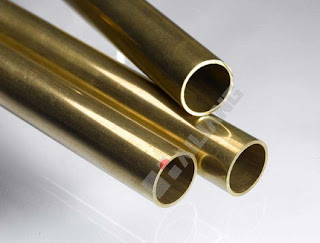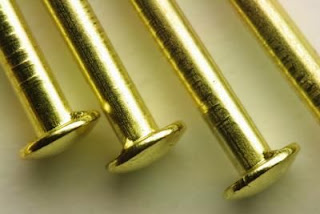0
Brass Tubes - The Flexible And Durable Home Decor
Posted by Unknown
on
23:34
Brass is among the most popular metals used for various household applications. Though brass is not completely a metal, it is in-fact an alloy of copper and zinc which makes it more flexible and durable. It is widely used in decorating various household fixtures. It can be used in railings, curtain rods, hand and foot rails as well. Because of its flexible nature it can be formed and bent in different forms and is therefore treated as a good home décor. Apart from being round in types, there are also square, rectangle and ornamental brass tubes depending on the need and requirement.
They are extremely popular among people around the country and are always the first choice of designers, architects and others. Over the past few years, there has been a considerable growth in the popularity of brass tubes. Their cost effective nature, attractive appearance, high durability and functionality are some of the major factors which have contributed in their growing popularity. Apart from home decor, it is also the material used in making musical instruments. Trumpets, baritones, and trombones along with other musical instruments are made from brass.
Brass tubing is also used in creating other products like faucets and other industrial equipment. Aside from these places, it can also be used as plumbing fixtures in kitchens and in bathrooms. Overall there are number of valuable advantages of brass tubes which have made them extremely popular among people all around the country. Its sparkly, golden color presents a stylish and classy look to your place adding a sense of wellness among you and your visitors.
They are extremely popular among people around the country and are always the first choice of designers, architects and others. Over the past few years, there has been a considerable growth in the popularity of brass tubes. Their cost effective nature, attractive appearance, high durability and functionality are some of the major factors which have contributed in their growing popularity. Apart from home decor, it is also the material used in making musical instruments. Trumpets, baritones, and trombones along with other musical instruments are made from brass.
Brass tubing is also used in creating other products like faucets and other industrial equipment. Aside from these places, it can also be used as plumbing fixtures in kitchens and in bathrooms. Overall there are number of valuable advantages of brass tubes which have made them extremely popular among people all around the country. Its sparkly, golden color presents a stylish and classy look to your place adding a sense of wellness among you and your visitors.











